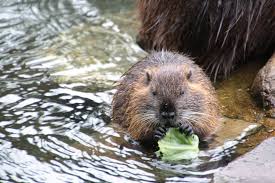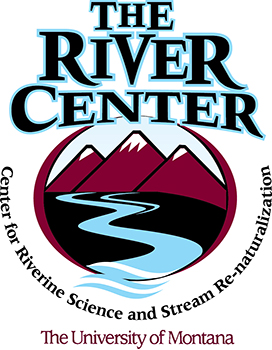
Research on beaver mimicry for climate resilience

Land managers are increasingly using a conservation tool that involves mimicking the North American beaver by building small dams out of sticks and mud in degraded streams. While this may seem like an unusual approach, it has shown promise in achieving a range of conservation goals, including increasing the retention of water and sediment, helping maintain late season flows, and improving stream and streamside habitat quality. While this technique has been around in one form or another for decades, it is now increasingly being applied in both rural and even urban settings in an attempt to simulate and recover ecosystem services lost through the extirpation of beavers in much of their historic range.
Researchers at the University of Montana are working to better understand the full range of effects this restoration practice may have in two very different ecosystems. In Western Montana, researchers will be studying the potential for complexes of beaver dam analogs (BDAs) in headwater streams to increase ecosystem resilience to climate change by increasing the water storage capacity and persistence of cool water habitats into the late season. Research will also focus on fish movement and habitat, as well as the amount and types of carbon stored within and moving through streams with and without BDAs.
In Eastern Montana, the goal of the restoration is to increase the late season forage quality and quantity for sage grouse by elevating the water table and reconnecting the stream with the floodplain. In this work on grazing lands, the focus will largely be on vegetation rather than on hydrology, but researchers will also examine the species of fish and amphibians present, as well as the quality and quantity of carbon moving through the system.
The project team involves a broad set of UM researchers as well as stakeholders and collaborators. From UM, the team is led by Lisa Eby (UM BRIDGES faculty), and includes Andrew Lahr (PhD student and UM BRIDGES trainee), Ben Colman (UM BRIDGES faculty), and undergraduate researchers Kenna Karjala, and Hayden Cody (Irene Evers Scholars). Western Montana collaborators include Will McDowell (Clark Fork Coalition), Steve Kloetzel (The Nature Conservancy), and Traci Sylte (Lolo National Forest). Eastern Montana collaborators include Blake Hossack (USGS), Sarah Bates and Andrew Jakes (National Wildlife Federation), Tom Probert, Bonny Hammons, and Alden Shallcross (Bureau of Land Management), and Amy Chadwick (Great West Engineering).

